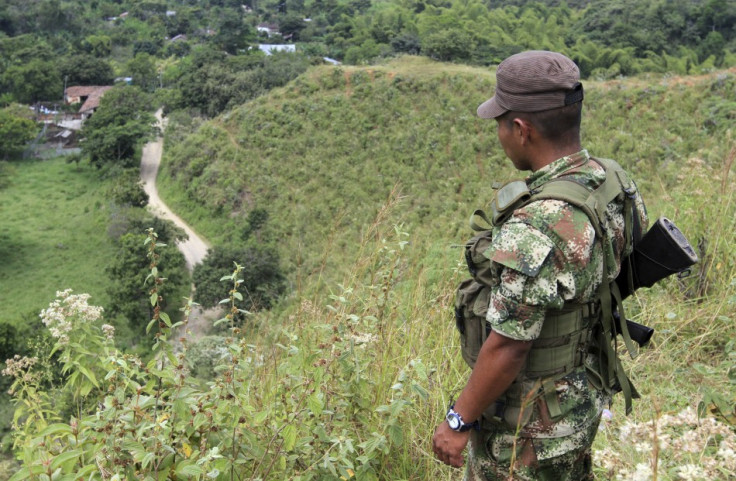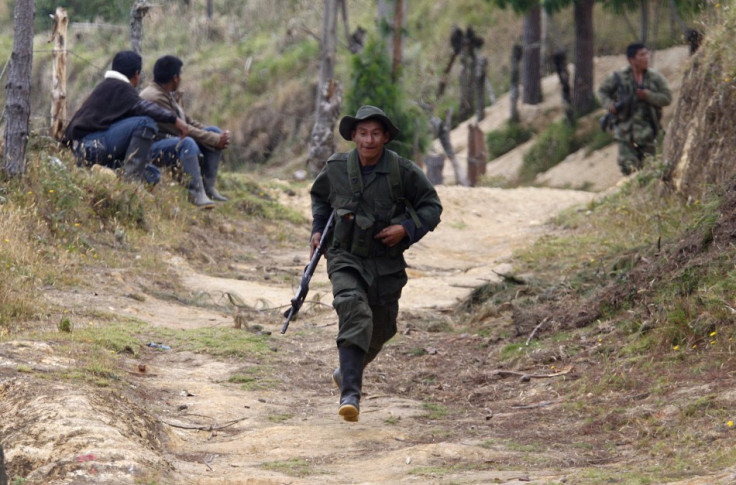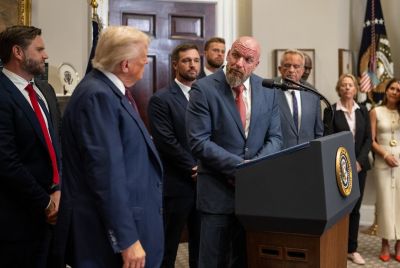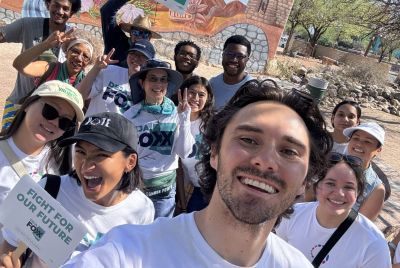Farc Guerrilla Chaos Has Left Millions of Colombians Fighting for their Homes

There is a tragic irony to the name of Tranquilandia or Tranquil land, a peasant farmer community in the north of Colombia. The land is far from peaceful. Residents there were forced to leave their homes and land after many of them were killed and forcibly disappeared, mostly by paramilitary groups operating in the area.
Tranquilandia's story is far from unusual. Nearly six million Colombians have been driven from their homes by Latin America's longest internal armed conflict, which, for more than 50 years, has pitted the security forces and paramilitaries against a variety of guerrilla groups. That is equivalent to 13% of the population and gives Colombia one of the highest forced displacement levels in the world.
Indeed, the violent struggle for land has been one of the hallmarks of the conflict, and there is much at stake. This struggle has involved not only the security forces, paramilitaries and guerrilla groups, but also a plethora of political and economic actors, from local politicians to international companies, who have used the conflict as a means to advance, consolidate and protect their interests.
The "land question" has also been one of the central components in the peace talks between the Colombian government and the Farc guerrillas.
Meanwhile the conflict rages on and it is the civilian population that continues to bear the brunt of the violence. Nearly 220,000 people were forced to leave their homes in 2013 alone.
Now, many of those forcibly displaced who are trying to return only find danger and death awaiting them.
Today Amnesty International releases its new report: A land title is not enough: Ensuring sustainable land restitution in Colombia. The report finds that the vast majority of forcibly displaced people in Colombia, most of them subsistence peasant farmers and indigenous and Afro-descendant communities, still do not have access to their land because of serious weaknesses in the government's restitution process.
New law is a small step
Since 2012, the Victims and Land Restitution Law (Law 1448), has, in theory at least, sought to ensure the right of some victims of the conflict to full reparation, including help to reclaim the land that had been stolen from many of them.
It was a commendable step. However, the reality is far less impressive.
Amnesty International has found that despite the legislation, the government is failing in its duty to protect and support many of those seeking to reclaim the land that rightfully belongs to them. Many people cannot access the mechanisms designed to help them claim land, while many of those that try to return find their farms and homes destroyed or neglected.
The authorities are also failing to effectively implement many of the orders issued by restitution judges and magistrates, such as debt and tax relief or subsidies for agricultural projects, to ensure peasant farmers can return and remain on the land in a sustainable manner.
Others are welcomed with threats and killings, mostly carried out by a variety of paramilitary groups, some of them with links to the security forces as well as local and regional political and economic elites.
By the end of August 2014, the Office of the Attorney General was investigating 35 killings of individuals who had an apparent association with the land restitution process. The actual number of those killed, however, is likely to be much higher. The lack of security guarantees have meant that few have dared return.

One peasant farmer, who was forced off his land, explained: "How are we going to return to the land when the men who are there say they are going to get even with us? Nearly every week we hear news of the murder of a land restitution leader or of a peasant famer who was asking for his land back."
The risks are all too real. I remember meeting a group of women last year; they were campaigning to reclaim their land in Los Playones de Pivijay in northern Colombia. The women had the rights to the land but were driven out by paramilitary groups in 1999. As well as suffering threats and violence many members of this community and some of its leaders, including Luisa Borrero Celedon, were killed.
But the women have since been trying to return. Then, on 8 August this year, one of them received a call from an unknown number. The voice on the other end warned her: "If you show up on those lands, we will kill you, because you will not receive those lands". Other women in the group have received similar threats. The intimidation continues.
Empty words
If the government does not address the serious and widespread violence perpetrated against those who try to return home, and those accompanying them, then all its policies and laws will be nothing more than empty words.
Added to threats and fear is the grinding tedium of a slow, bureaucratic process. Many people who engage with the government institutions responsible for land restitution are left waiting years for their land to be returned and many do not even get a response. Add to that the fact that many of those whose lands were stolen are not even eligible for land restitution under the provisions of Law 1448. No-one whose land was snatched before 1991 is eligible for land restitution.
Almost three years on from the start of the land restitution process, which is only due to be in force for 10 years, only a fraction of the estimated 8 million hectares that are thought to have been stolen during the course of the armed conflict have actually been the subject of restitution rulings.
By 1 August 2014, restitution judges and magistrates had issued rulings ordering the return of fewer than 30,000 hectares of land to peasant farmers. The process of returning territories collectively owned by Indigenous and Afro-descendant communities has made even slower progress, with only one ruling, covering the 50,000 hectare Embera Katío Indigenous reservation of the Alto Andágueda, being passed.
What is more, the authorities appear to have been ignoring the hard cases and generally focusing on easy, small-scale land restitution.
Land snatched by paramilitaries and others has often ended up in the hands of large domestic and international companies, and used to plant lucrative produce like palm oil or to make way for large-scale infrastructure development and oil and mining projects. Often families returning to where their homes and subsistence crops should be find large expanses of palm oil, teak or other agro-industrial produce.
The real test of Law 1448 will come when restitution judges and magistrates challenge powerful agro-industrial and mining interests.
Last year I visited the town of Aracataca in northern Colombia, to meet with the forcibly displaced community of Tranquilandia. The community were forced out around a decade ago.
"We didn't make an agreement to leave but gradually we left one by one, some first, others later," a peasant farmer explained. "Of the 66 plots just one person remained. And then the army killed him... He was the last, there is no one left there anymore. They killed the last one."
And yet amongst the emptiness and horror many still yearn to return to their homes. Since Law 1448 was brought in, community members from Tranquilandia have been trying to get their land back. "You start dreaming about what you once left behind," said one peasant farmer.
It is now up to President Santos to do all he can to turn those dreams into reality, and restore the homes and livelihoods of so many Colombians.
Marcelo Pollack is Colombia researcher for Amnesty International. For more on Amnesty, click on the following link.
© Copyright IBTimes 2025. All rights reserved.




















